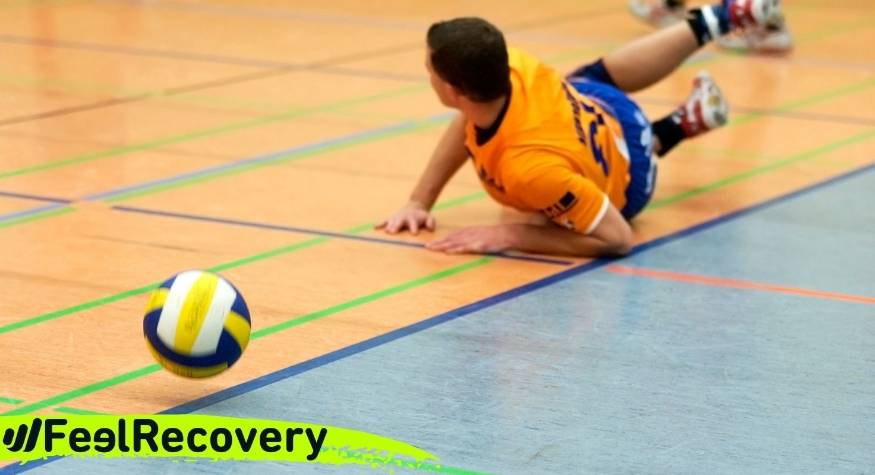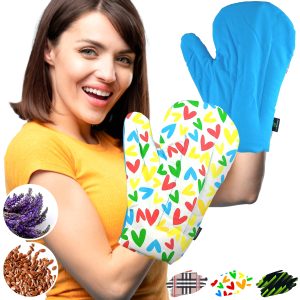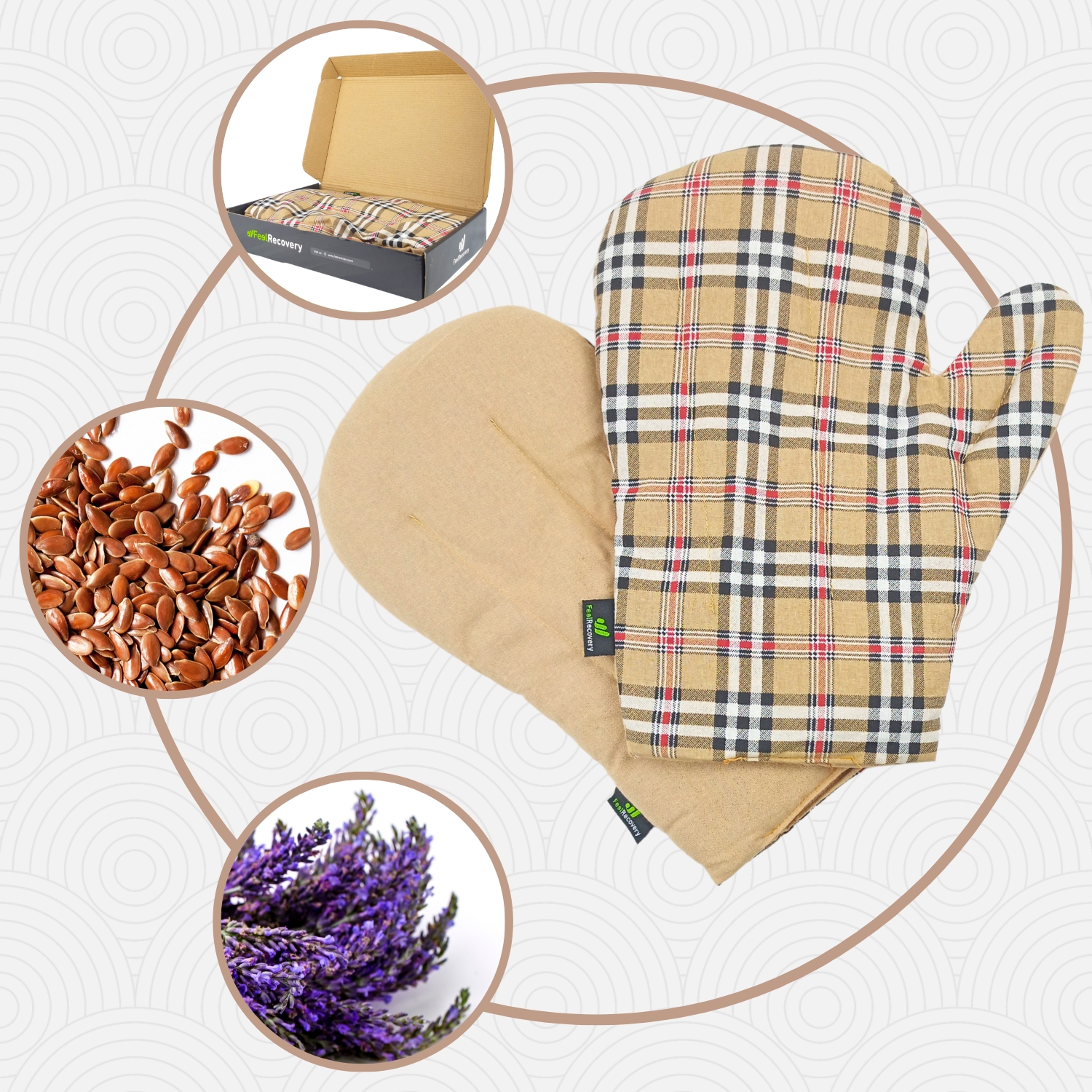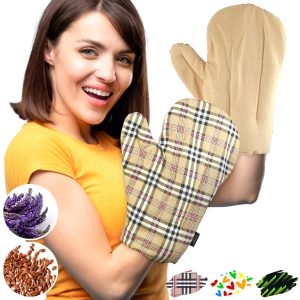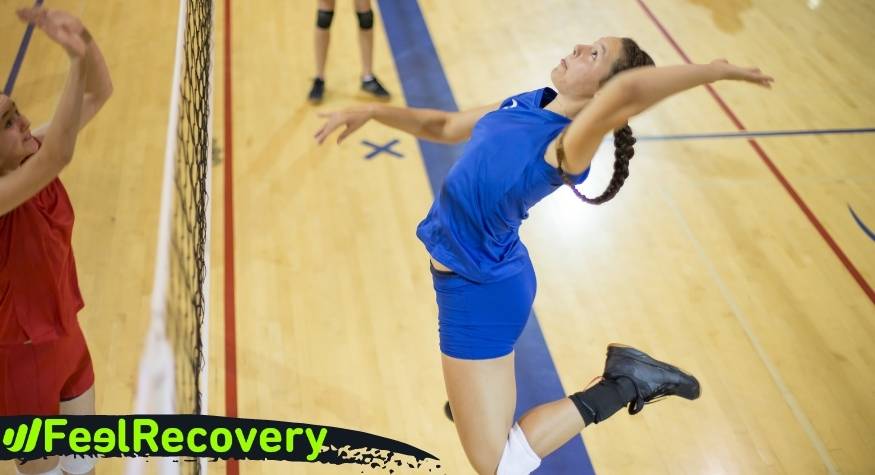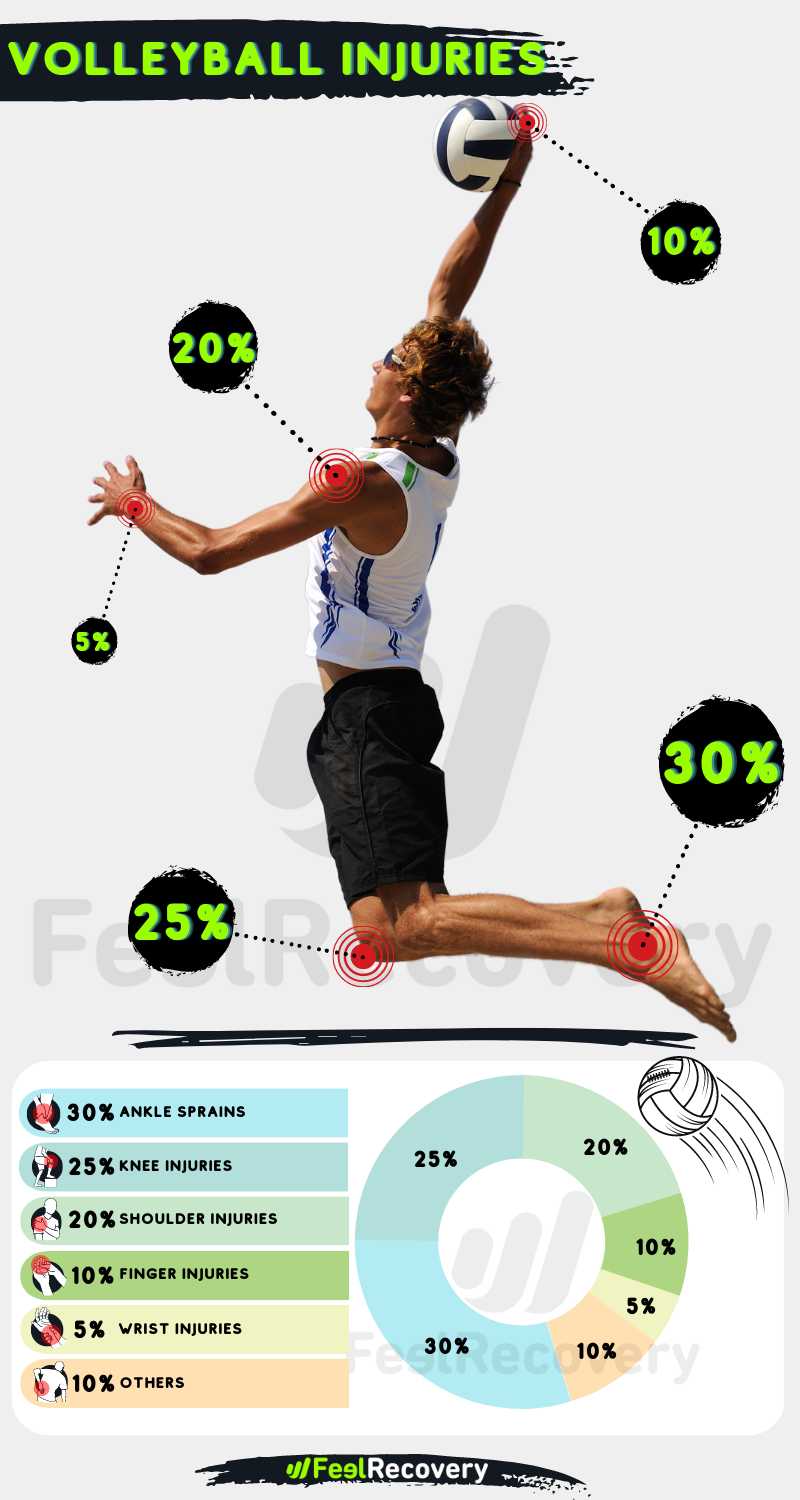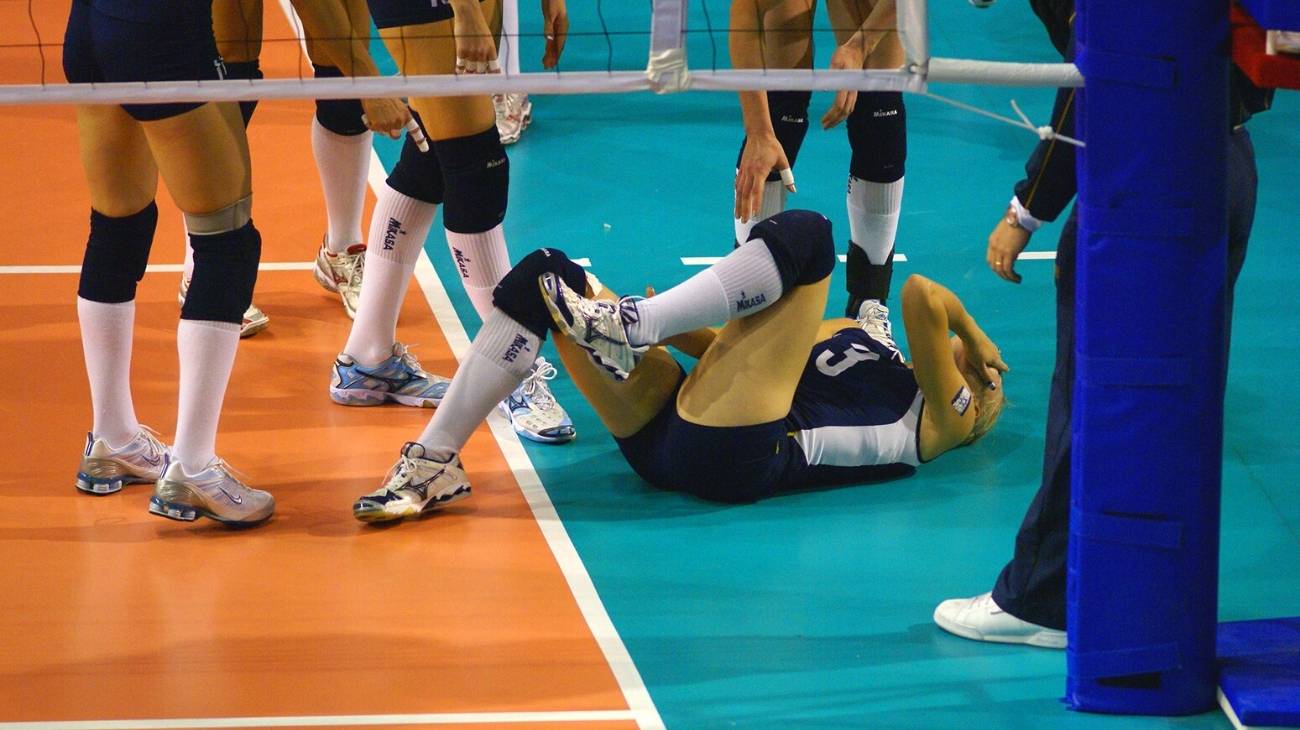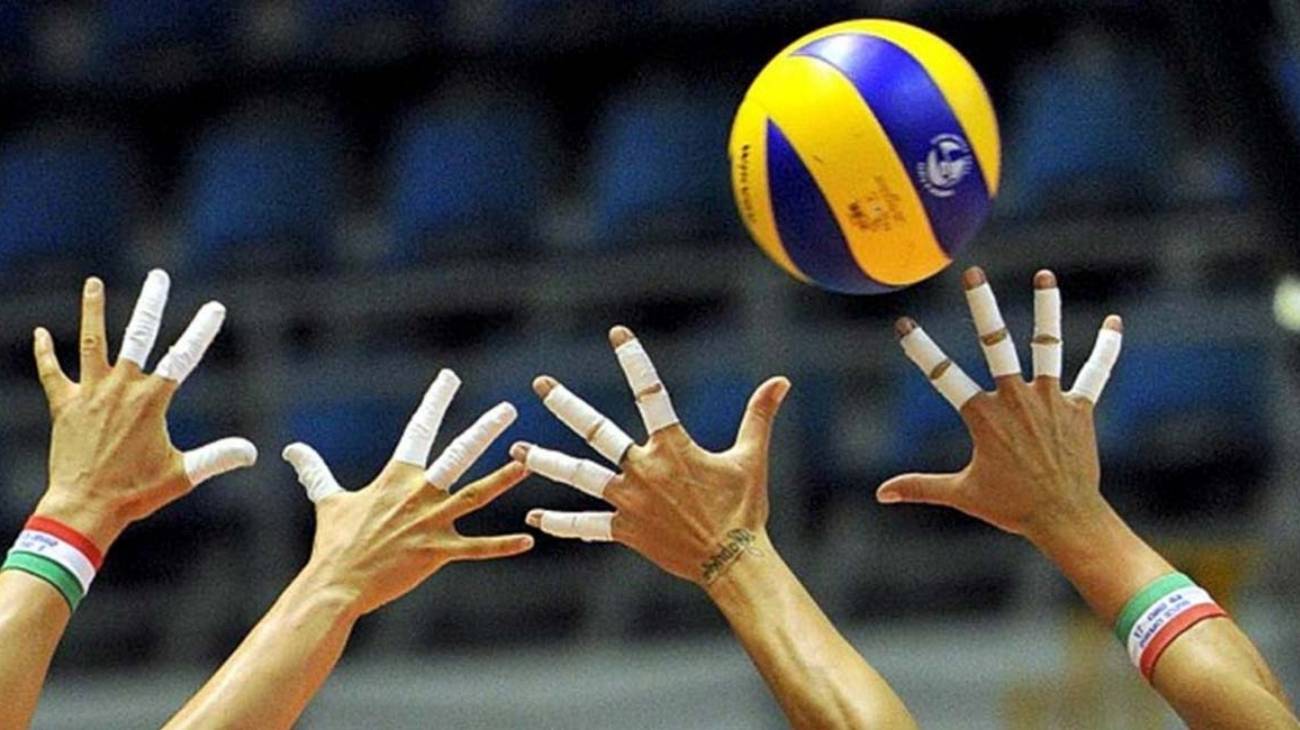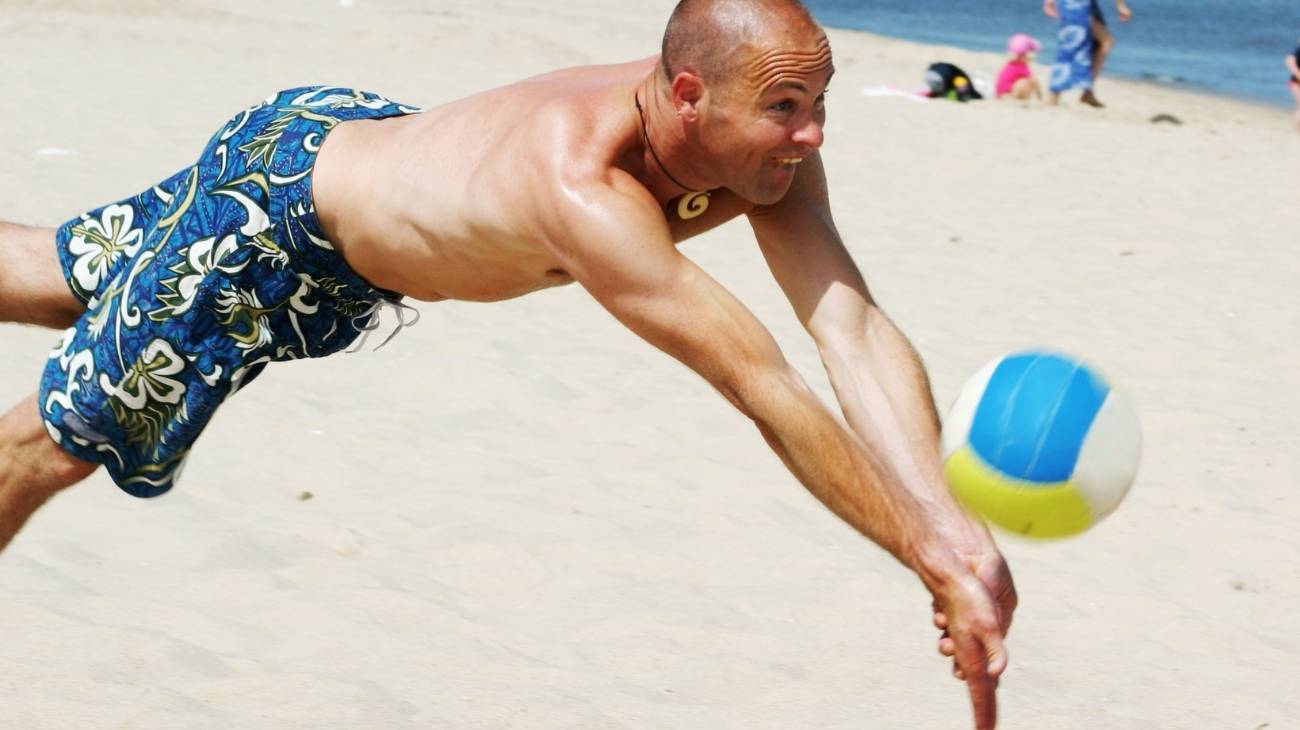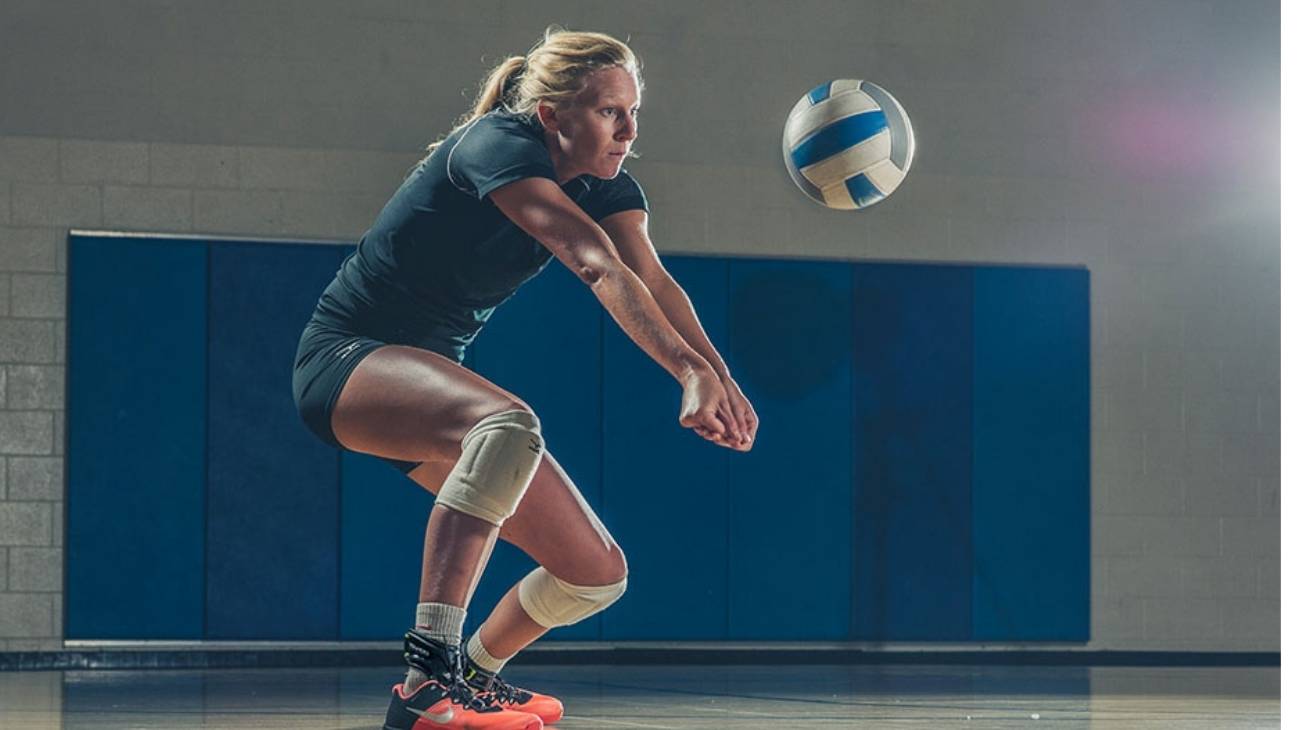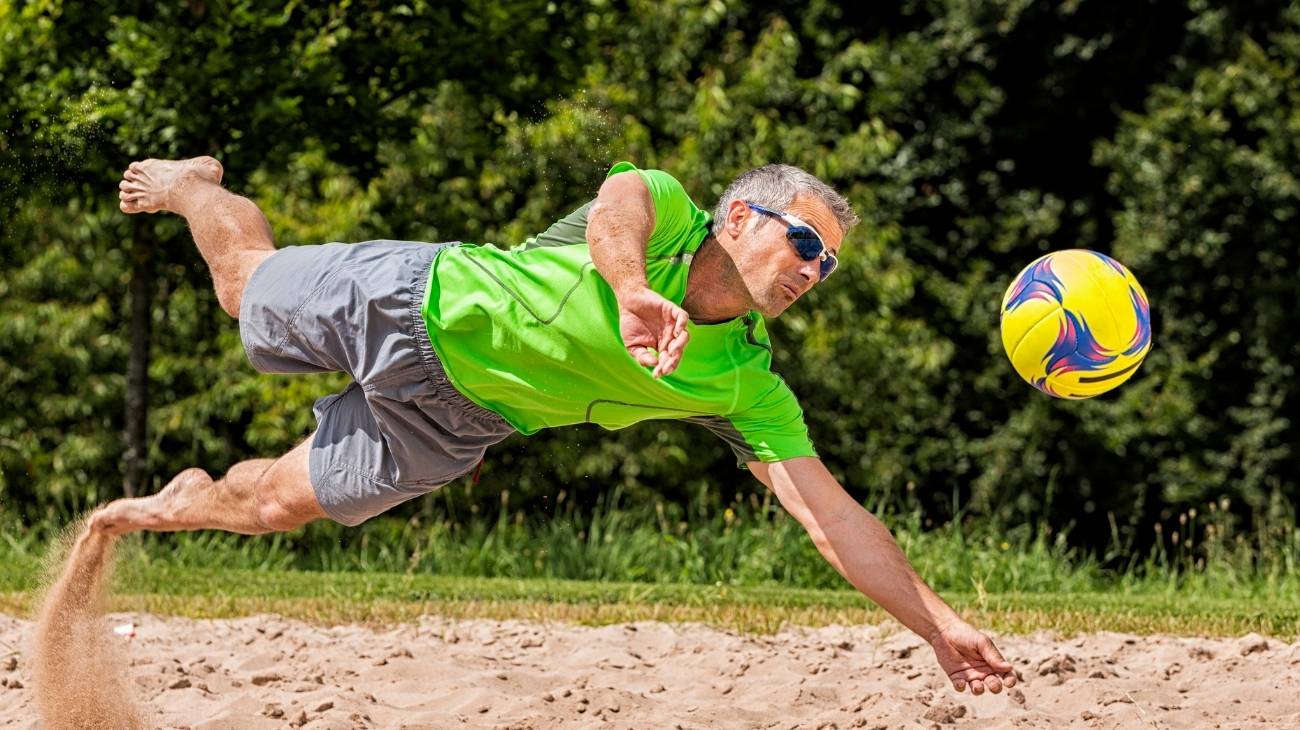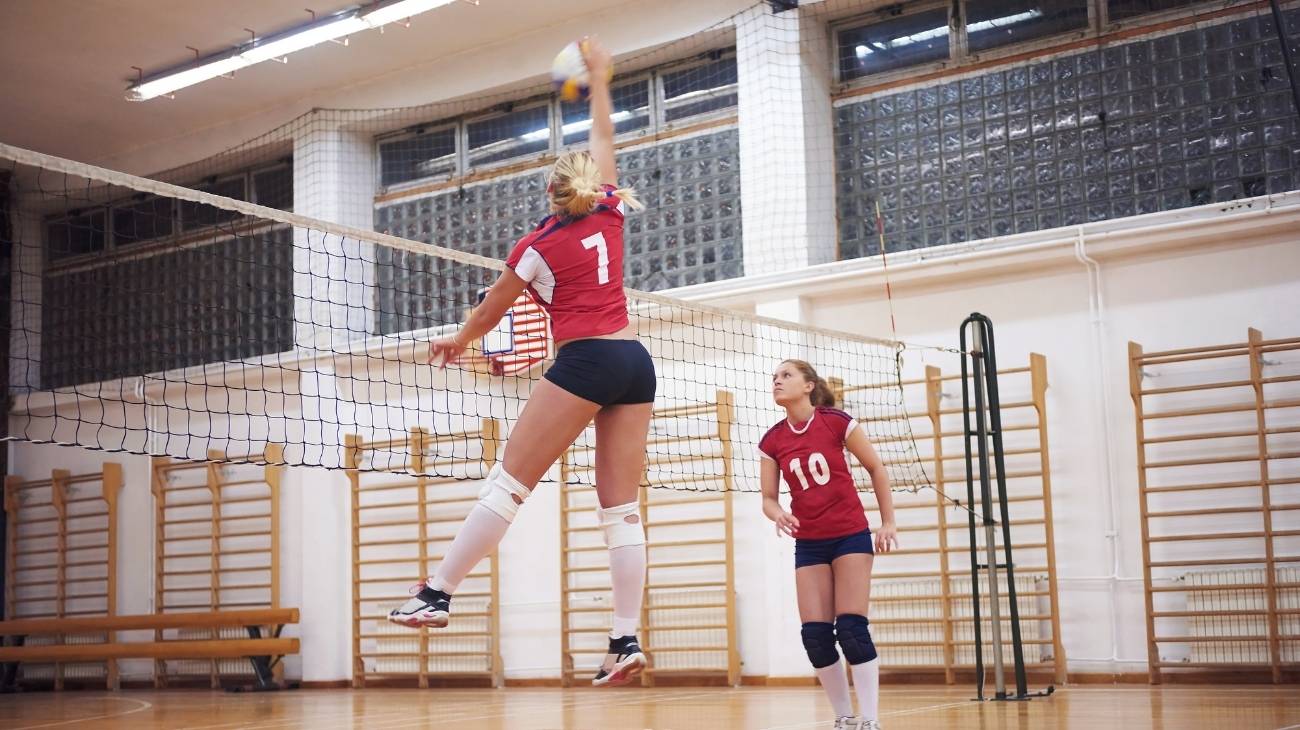If you don't want to get injured playing volleyball we recommend you to read this post. Today we will show you the different methods of preventing sports injuries in volleyball. It is well known that volleyball players are prone to suffer certain locomotor disorders.
Certainly, volleyball injury prevention strategies do not completely eliminate the possibility of a sprain, tear or other injury during play. However, they will allow you to play the sport with as little risk as possible. Follow along with us to find out what the most common volleyball injuries are and how to prevent them. Here we go!
What are the most common types of injuries when playing volleyball?
The most common injuries in volleyball occur in the head, shoulders, fingers, back, knee, ankles and feet. Many of these injuries are caused by overuse associated with jumping, serving, blocking and the various movements associated with this sport. The rest of the injuries are caused by a traumatic experience such as a blow or a sudden twist.
Here are the most common sports injuries in volleyball:
- Head injuries: Volleyball players are at risk for concussions during a game or practice. These conditions are caused by an impact to the head with the ball, a net post or other players. Such blows are more likely to occur when playing in a defensive position or as a libero.
- Shoulder injuries: The shoulder is key to the overhead movements (serves, spikes, blocks and passes) inherent in the sport. Repetitive repetition of these movements can lead to overuse injuries to this joint. These include certain rotator cuff (tendonitis or tears) and superior labral (SLAP) conditions, as well as impingement syndrome.
- Hand and finger injuries: Hands and especially fingers are frequently injured in volleyball. This is due to trauma such as blows or sprains involving the ball, the net, other players or the floor. The most common conditions are sprains, fractures, strains, dislocations and contusions. If these are not treated properly the patient is at risk of suffering lasting consequences such as deformity and stiffness.
- Back injuries: Volleyball players frequently stretch their backs when bending forward or backward to hit, save or pass the ball. This is believed to be central to the aetiology of the low back pain that often affects these athletes. Such pain is usually the result of muscle or ligament strain. However, it can sometimes be caused by a stress fracture or a sprained disc.
- Knee injuries: Repeated jumping, sudden turns and bumping the knee are activities (frequent in volleyball) central to the aetiology of these injuries. Prominent conditions include patellar tendonitis caused by overuse. Traumatic injuries such as MCL and ACL sprains are also common.
- Ankle and foot injuries: The continuous jumping and moving on the court (especially on hard surfaces) puts feet and ankles at risk. In fact, volleyball players frequently sprain their ankles, usually by landing on another player's foot. Other common conditions in this area are: plantar fasciitis, Achilles or posterior tibial tendonitis, sesamoiditis, calcaneal apophysitis and stress fractures.
Best products for volleyball injury recovery
Bestseller
-
2 Ankle Compression Sleeve (Black/Gray)
$19.95 -
2 Ankle Compression Sleeve (Green/Navy)
$19.95 -
2 Ankle Compression Sleeve (Pink/Bordeaux)
$19.95 -
2 Calf Compression Sleeve (Black/Gray)
$19.95 -
2 Calf Compression Sleeve (Green/Navy)
$19.95 -
2 Calf Compression Sleeve (Pink/Bordeaux)
$19.95 -
2 Knee Compression Sleeve (Black/Gray)
$19.95 -
2 Knee Compression Sleeve (Green/Navy)
$19.95 -
2 Knee Compression Sleeve (Pink/Bordeaux)
$19.95 -
2 Patella Knee Strap (Black/Gray)
$14.95 -
2 Patella Knee Strap (Green/Navy)
$14.95 -
2 Patella Knee Strap (Pink/Bordeaux)
$14.95 -
2 Thigh Compression Sleeve (Black/Gray)
$19.95 -
2 Thigh Compression Sleeve (Green/Navy)
$19.95 -
2 Thigh Compression Sleeve (Pink/Bordeaux)
$19.95 -
Acupressure Mat and Pillow (Black/Gray)
$49.95 -
Acupressure Mat and Pillow (Green/Navy)
$49.95 -
Acupressure Mat and Pillow (Pink/Bordeaux)
$49.95 -
Acupressure Pillow (Black/Gray)
$29.46 -
Acupressure Pillow (Green/Navy)
$29.46 -
Acupressure Pillow (Pink/Bordeaux)
$29.46 -
Foot Massage Roller for Plantar Fasciitis (Black)
$19.95 -
Foot Massage Roller for Plantar Fasciitis (Green)
$19.95 -
Foot Massage Roller for Plantar Fasciitis (Pink)
$19.95 -
High Density Foam Roller for Muscle (Black/Gray)
$29.95 -
High Density Foam Roller for Muscle (Green/Navy)
$29.95 -
High Density Foam Roller for Muscle (Pink/Bordeaux)
$29.95 -
Ice Massage Roller Ball (Black)
$39.95 -
Ice Massage Roller Ball (Green)
$39.95 -
Ice Massage Roller Ball (Pink)
$39.95 -
Microwave Arthritis Gloves (2 Mittens) (Hearts)
$29.95 -
Microwave Arthritis Gloves (2 Mittens) (Oxford)
$29.95 -
Microwaveable Heating Pad for Pain Relief (Hearts)
$19.95 -
Microwaveable Heating Pad for Pain Relief (Oxford)
$19.95 -
Microwaveable Heating Pad for Pain Relief (Sport)
$19.95 -
Pack 2 In 1 Foam Roller High + Soft Density (Black/Gray)
$29.95 -
Pack 2 In 1 Foam Roller High + Soft Density (Green/Navy)
$29.95 -
Pack 2 In 1 Foam Roller High + Soft Density (Pink/Bordeaux)
$29.95 -
Shoulder Support Brace (Black)
$24.95 -
Shoulder Support Brace (Green)
$24.95 -
Shoulder Support Brace (Pink)
$24.95 -
Soft Density Foam Roller for Recovery (Black)
$29.95 -
Soft Density Foam Roller for Recovery (Green)
$29.95 -
Soft Density Foam Roller for Recovery (Pink)
$29.95 -
Sport Compression Socks (1 Pair) (Black/Gray)
$19.95 -
Sport Compression Socks (1 Pair) (Green/Navy)
$19.95 -
Sport Compression Socks (1 Pair) (Pink/Bordeaux)
$19.95 -
Trigger Point Massage Stick (Black)
$14.95 -
Trigger Point Massage Stick (Green)
$14.95 -
Trigger Point Massage Stick (Pink)
$14.95 -
Wrist Brace (Black/Gray)
$19.95 -
Wrist Brace (Green/Navy)
$19.95 -
Wrist Brace (Pink/Bordeaux)
$19.95
List of injury prevention methods for volleyball players
There are different methods of injury prevention in volleyball that you should consider. All of them can help you enjoy this wonderful sport and come out of the match unscathed. But, if you don't take them into consideration, the likelihood of injury will increase significantly.
Below, we will explain some methods or strategies to prevent common injuries in volleyball players:
Warm up well
Before starting a sporting activity, it is essential to warm up properly. This is vital because it predisposes the body to perform properly during training or a match, reducing the risk of injury. In particular, it helps to progressively increase heart rate, circulation, temperature and flexibility.
In general, a warm-up should last approximately 15 to 25 minutes. This period should include joint mobility exercises, cardio, stretching and activities involving the ball.
End training sessions with a cool-down
The cool-down or cool-down takes place at the end of the sporting activity. It consists of a series of exercises aimed at gradually restoring the body to its state prior to physical activity. When done correctly, the heart rate, breathing, temperature and muscle tone are gradually restored to their resting state. In particular, it helps muscles and other tissues to gradually relax, thus preventing possible injuries.
The cool-down should last for a period of approximately 10 to 20 minutes, although this will depend on the individual player and the intensity of the sporting activity. During this period, activities such as walking, breathing techniques, stretching and massage should be performed.
Good nutrition and hydration
Good nutrition and hydration is fundamental to an athlete's performance during sporting activity. Therefore, it has a special importance in the prevention of injuries in volleyball. With a balanced diet, the body (bones, muscles and others) will have the necessary nutrients to face the physical effort with a lower risk of injury.
In general, you should follow these recommendations:
- About 2 hours before physical activity it is ideal to consume a dish rich in slowly absorbed carbohydrates, moderate in lean proteins and low in favourable fats.
- During matches, it is best to drink beverages that provide quick energy recovery such as dried fruit, energy bars or isotonic drinks.
- Within 1 hour after sporting activity it is necessary to consume a meal rich in carbohydrates (low and fast absorption) and lean protein.
- It is important to stay hydrated before, during and after the match or training.
Improve your fitness
If you want to play volleyball efficiently and with a lower risk of injury, you must do the appropriate physical conditioning for the sport. That is, train properly to develop the strength, speed, flexibility, endurance and coordination required for volleyball.
Volleyball players perform dynamic contractions with most of their muscle groups during the sport. The effort exerted with the lower limbs (especially the calves and soleus) when jumping stands out. At the same time, it is important to have strong arms in order to hit the ball with the greatest power. For this reason, the training of these athletes must be comprehensive, taking into account both the upper and lower body.
Sports massage
This is a type of massage that has two basic objectives: to prepare the athlete for sporting activity and to promote tissue recovery after exertion or injury. It not only helps to treat injuries, but also to prevent and detect them.
There are different types of sports massage, among them we can mention:
- Pre-competitive massage: It is applied between 6 and 24 hours before the sporting activity in order to prepare the body for the effort to be made.
- Intra-competitive massage: This is carried out during rest periods within a match in order to relax the muscles without them losing their tone or response capacity.
- Post-competitive massage: This takes place between 30 minutes and 6 hours after the activity to promote relaxation and rapid recovery of the athlete.
- Maintenance massage: Should be applied periodically (at least once a week) as a therapeutic and diagnostic method.
Use of heat/cold therapies
Cold/heat or contrast therapy is ideal in the treatment and prevention of injuries. It consists of the application of cold and heat alternately over the whole body or the affected area, within a certain period of time. The usual way of applying it is through successive hot and cold water baths, although the specific procedure will depend on the particular situation of the athlete.
The way it works is that low temperatures constrict the blood vessels while high temperatures dilate them. In addition, the heart beats faster in cold than in heat. Contrast therapy takes advantage of these circulatory effects to produce a blood pumping effect that helps reduce inflammation, fatigue and pain.
Use of compression garments
Compression garments (T-shirts, shorts, socks, sleeves and so on) are indicated in the prevention of sports injuries in volleyball and other sports. This is mainly because they dampen the vibratory effects on muscles and other tissues. Also, these compressive garments promote circulation, oxygenation and elimination of waste substances in the area of the body they cover. All this helps to improve performance and reduce fatigue during physical activity.
Use of acupressure therapies
Acupressure is a therapy that comes from Chinese natural medicine and is similar to acupuncture, except for the use of needles. Practitioners apply pressure with their hands to specific points on the patient's body. This technique is known for its analgesic effect on the affected area, which many attribute to it the virtue of working as a muscle relaxant. These benefits make acupressure a viable method of preventing and treating injuries.
Use of thermotherapy and cryotherapy
Cryotherapy is the application of cold for therapeutic purposes. It mainly helps to reduce inflammation, pain and spasticity significantly. Hence, it is indicated for treating injuries especially during the early stages after they occur. It also works as a preventive method as it helps to relieve minor bruising or discomfort that may lead to injury.
Thermotherapy consists of the therapeutic application of heat. Its main benefit is an increase in circulation, as well as a sedative and analgesic effect. For this reason, it is highly recommended in the treatment of injuries after the inflammatory phase. It is also beneficial to apply it prior to sporting activity to warm up the tissues, making them more flexible.
Using the right equipment
Finally, using the right equipment is essential in the prevention of volleyball injuries. It is important to choose the correct clothing, especially footwear, always ensuring comfort and safety. Not forgetting the use of knee, ankle and elbow braces.
Therefore, you should always play or practice with a volleyball in good condition. It is not recommended to use a ball designed for another sport discipline as it could be harmful. Likewise, the net and posts must be in good condition and at the appropriate height.
References
- Eerkes, K. (2012). Volleyball injuries. Current sports medicine reports, 11(5), 251-256. https://journals.lww.com/acsm-csmr/Fulltext/2012/09000/Volleyball_Injuries.10.aspx
- Verhagen, E. A. L. M., Van der Beek, A. J., Bouter, L. M., Bahr, R. M., & Van Mechelen, W. (2004). A one season prospective cohort study of volleyball injuries. British journal of sports medicine, 38(4), 477-481. https://bjsm.bmj.com/content/38/4/477.short
- Bahr, R., & Reeser, J. C. (2003). Injuries among world-class professional beach volleyball players: the Federation Internationale de Volleyball beach volleyball injury study. The American journal of sports medicine, 31(1), 119-125. https://journals.sagepub.com/doi/abs/10.1177/03635465030310010401
- Bahr, R., & Bahr, I. A. (1997). Incidence of acute volleyball injuries: a prospective cohort study of injury mechanisms and risk factors. Scandinavian journal of medicine & science in sports, 7(3), 166-171. https://onlinelibrary.wiley.com/doi/abs/10.1111/j.1600-0838.1997.tb00134.x
- Agel, J., Palmieri-Smith, R. M., Dick, R., Wojtys, E. M., & Marshall, S. W. (2007). Descriptive epidemiology of collegiate women's volleyball injuries: National Collegiate Athletic Association Injury Surveillance System, 1988–1989 through 2003–2004. Journal of athletic training, 42(2), 295-302. https://cdr.lib.unc.edu/concern/articles/4b29bc963
- Briner Jr, W. W., & Benjamin, H. J. (1999). Volleyball injuries: managing acute and overuse disorders. The Physician and sportsmedicine, 27(3), 48-60. https://www.tandfonline.com/doi/abs/10.3810/psm.1999.03.720
- Reeser, J. C., & Bahr, R. (2011). Principles of prevention and treatment of common volleyball injuries. WEB-ресурс Fédération Internationale de Volleyball (FIVB). URL: http://www. fivb. org/en/medical/document/fivb_medical_injury_prevention. pdf(дата обращения 3.04. 2015). https://www.volleyballalberta.ca/sites/default/files/sites/Leadership/Coaches/Resources/Injury_Prevention-FIVB.pdf
- Schafle, M. D. (1993). Common injuries in volleyball: treatment, prevention and rehabilitation. Sports Medicine, 16(2), 126-129. https://link.springer.com/article/10.2165/00007256-199316020-00004
- Reeser, J. C., & Bahr, R. (Eds.). (2017). Handbook of sports medicine and science, Volleyball. John Wiley & Sons. https://books.google.es/books?hl=en&lr=&id=ehqACgAAQBAJ
- Reeser, J. C., Verhagen, E. A. L. M., Briner, W. W., Askeland, T. I., & Bahr, R. (2006). Strategies for the prevention of volleyball related injuries. British journal of sports medicine, 40(7), 594-600. https://bjsm.bmj.com/content/40/7/594.short

